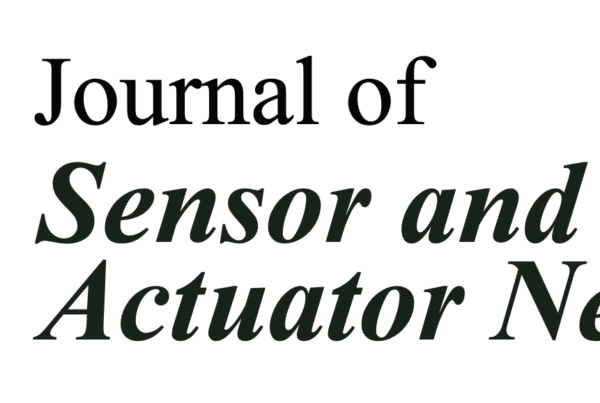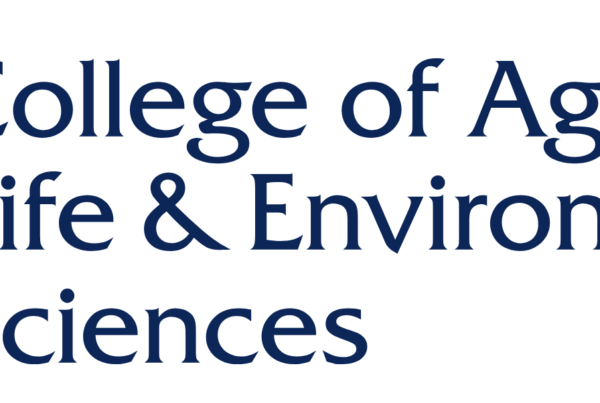Plant biodiversity affects the relationship between vegetation height and light interception in a long-term fertiliser grassland experiment
Abstract
Currently, policy and research initiatives support extensification of grassland management, aiming for increasing biodiversity. Research on relationships between vegetation height, biomass production and interception of photosynthetically active radiation (PAR) are carried out often in intensively managed grasslands, but not yet in extensively managed grasslands. One aspect of extensification is decreasing nutrient inputs. In the long-term grassland experiment of the Ossekampen, the effects of nutrient application on biodiversity and productivity are already visible, allowing comparisons between more intensively and more extensively managed grasslands. Therefore, the effect of plant biodiversity on the relationship between vegetation height and PAR interception were investigated in the long-term fertiliser experiment of the Ossekampen.
The treatments were the application of calcium (Ca), phosphorus (P), potassium (K), nitrogen (N) and the combinations PK, NPK and PK+N. In PK+N, all N is applied in July, in N and NPK, 62.5% of N is applied in spring, the rest in July. Species richness, Shannon index of functional groups and the relative frequencies of graminoids, forbs and legumes were used as biodiversity indicators. Vegetation height and PAR interception were measured weekly during the growth of the second cut.
Application of NPK and PK+N resulted in the least biodiverse vegetation. Furthermore, it resulted in the highest fraction of graminoids, while application of PK led to the highest fraction of forbs. More biodiverse vegetations intercepted more PAR per mm of vegetation. Increasing fractions of graminoids decreased the PAR interception per mm of vegetation, while increasing fractions of forbs increased PAR interception per mm of vegetation. The difference in relationship between vegetation height and PAR interception was best explained by the species richness, while the proportion of forbs and graminoids and the Shannon index explained it equally well, but less than species richness. Thus, the time-consuming determination of species richness and relative frequency of occurring of each species cannot be replaced by obtaining the frequency of functional groups without decreasing the quality of predicting the relationship between vegetation height and PAR interception.
The expected transition of intensive to more extensive grassland management requires the inclusion of multiple species in grass-growth models. Therefore, new calibrations are required to include biodiversity in the relationship between vegetation height and PAR interception as well as vegetation height and standing biomass. Further research should be done to test whether extensively used grasslands can be grouped into types of grasslands that behave similarly in terms of PAR interception per mm of vegetation or dry matter yield per mm of vegetation height.
University Wageningen University & Research
Citation: Schouten, C.M., 2022, Plant biodiversity affects the relationship between vegetation height and light interception in a long-term fertiliser grassland experiment, MSc Thesis Wageningen University, 60 p. Contact [email protected] for access to data, models and scripts used for the analysis.
URL https://edepot.wur.nl/586817
Date December 2022






